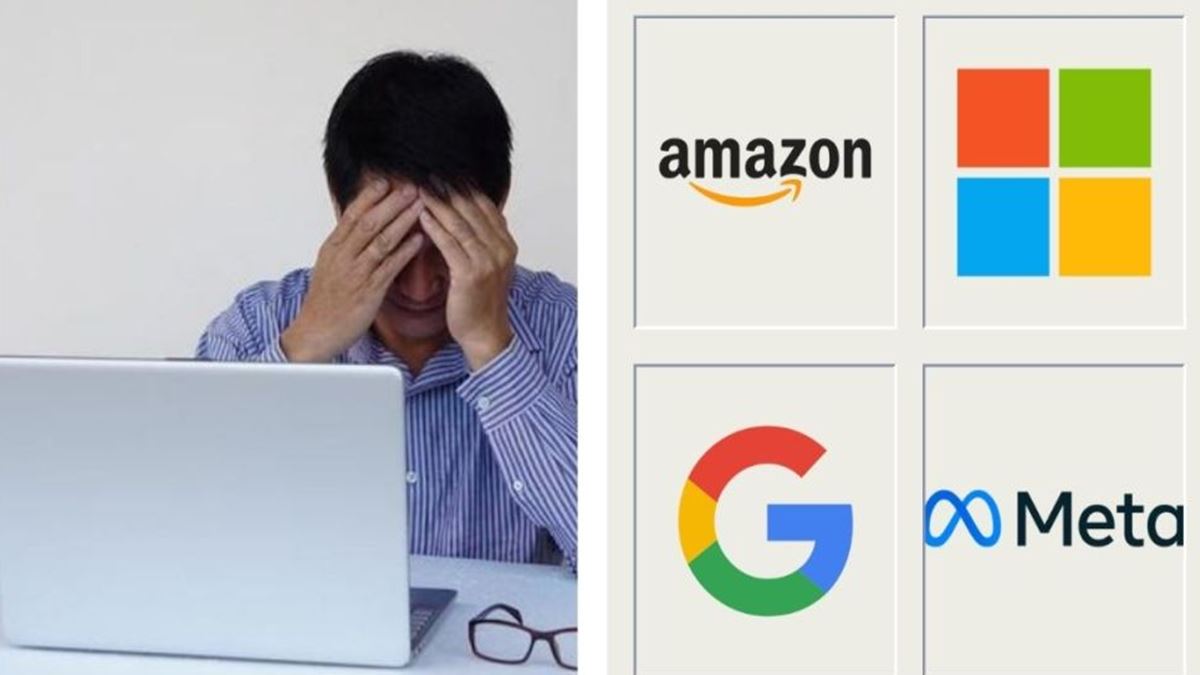Talk of the rise of freelancing isn’t exactly news. A 2023 study from the Upwork Research Institute reported last year found that an estimated 64m Americans – 38% of the U.S. workforce – engaged in freelance work, a four-million-person increase from 2022. That number is even higher among younger generations. In the UK, the trend is following a similar upward trajectory.
More significantly, the most successful companies over the next decade won’t just adapt to freelancing, they’ll build it into their core strategy. Those that resist? They’ll struggle to attract top talent in a market where flexibility is now a requirement, not a perk. At Willo, we saw this shift early. Five years ago, we reimagined how we hired, particularly in marketing, by integrating freelance and fractional talent into our operations. As a startup – and now a scale-up – this approach has allowed us to grow efficiently while accessing diverse skills and perspectives without the constraints of traditional models.
One of the key reasons for adopting a freelance-heavy model was agility. Startups need to move fast, and hiring full-time staff for every function can slow that down. Freelancers offer a level of flexibility that traditional employment simply can’t match. Instead of lengthy recruitment cycles, we can bring in talent on demand and keep projects moving.
It’s also a cost-effective way to access highly specialised expertise – without geographic limitations. For companies at our stage, where every investment must generate maximum value, hiring full-time, senior-level strategists across the board isn’t always feasible. Working with experienced freelancers on a project or fractional basis provides that access without the long-term commitment.
Technology has made this model viable. Tools like Slack, Trello, and Google Workspace make collaborating across time zones seamless. Platforms such as Upwork, Fiverr, and LinkedIn have streamlined the process of finding, vetting, and hiring freelancers, enabling distributed teams to form quickly.
Importantly, professionals are now actively choosing freelance careers rather than seeing them as a stopgap. The appeal of flexibility, autonomy, and remote work has fuelled a growing shift in the job market. Businesses that embrace this trend will have a distinct advantage in accessing top-tier talent.
While freelance talent is now common across multiple industries, some roles have seen stronger adoption. Marketing functions like content creation, brand strategy, and paid media are natural fits, as are technical roles in software development, UX/UI design, and project management. The creative and media industries increasingly rely on external video editors, motion graphic designers, and copywriters. Even operational roles – from CRM specialists to revenue operations consultants – are now frequently outsourced.
Hiring freelancers effectively requires a different mindset. Rather than focusing solely on technical skills, we prioritise cultural alignment and communication. These are just as important as expertise, especially in a remote setup. We use Willo’s platform to conduct video interviews to assess not only qualifications but also enthusiasm, clarity, and presence. Running paid trial projects before a longer-term engagement helps ensure mutual fit.
Despite the advantages, businesses often make critical mistakes when working with freelancers. Common missteps include:
- Failing to provide context – Freelancers aren’t mind readers. Without clarity on objectives, brand voice, and outcomes, even the best can miss the mark.
- Treating them as disposable – Proper onboarding, clear communication, and regular feedback ensure freelancers feel motivated and engaged.
- Underestimating long-term value – Freelancers aren’t just for plugging gaps or short term needs. They can be strategic partners in long-term growth.
At Willo, we treat freelancers as if they were full-time members of the team:
- Digital inclusion – They have access to our Slack and are included in key planning sessions.
- Communication – Regular asynchronous updates keep everyone aligned.
- Belonging – Their contributions are recognised just like those of full-time staff.
- Relationships – We re-engage top freelancers, offer retainer agreements, and provide referrals to keep great talent close.
As AI automates more routine tasks, demand for highly skilled, strategic freelance professionals will rise. Among our clients, we’re already seeing growth in fractional leadership roles – CMOs, CFOs, and CROs working on a part-time or project basis with scaling businesses.
Hybrid teams that blend full-time employees with freelancers and fractional executives will likely become the norm, as companies seek to balance stability with flexibility. Businesses will need to invest in onboarding and integration to ensure freelancers feel like a genuine extension of the team.
For startups and scale-ups, finding the right balance is critical. Core business and culture roles should remain in-house, while specialist projects and areas requiring fast scalability are ideal for freelance talent. The key is treating freelancers as true team members, fostering collaboration, and setting clear expectations.
Ultimately, building an outsourced model requires intention. It’s about more than saving money and filling gaps – it’s about fostering creativity, resilience, and adaptability.
To succeed with freelance talent:
- Pay fairly – Cutting corners leads to weak outcomes.
- Engage as partners – Freelancers should feel integral to the mission.
- Invest in communication – Trust and collaboration drive performance.
Companies that get this right will thrive in the future of work – and those seaside cafés better order extra seats.




















